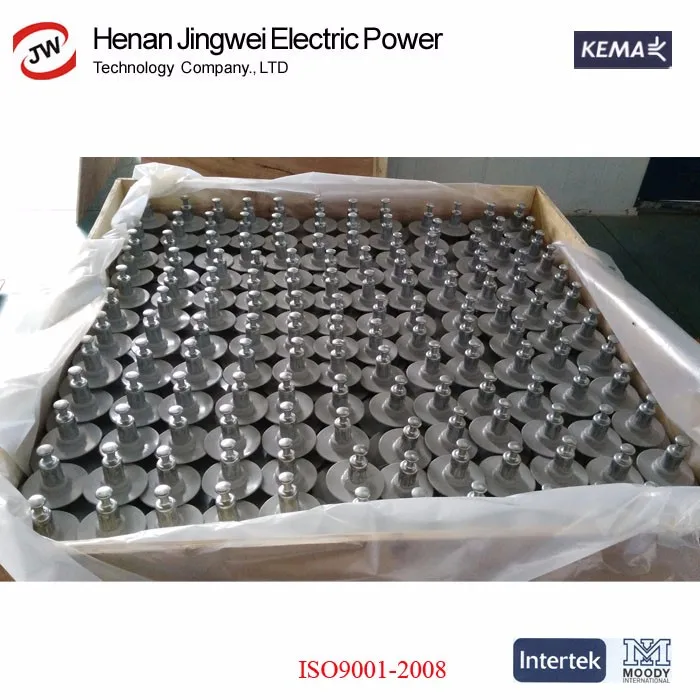

In regard to the latter, not only do well-formulated silicone elastomers have to remain hydrophobic but they must also demonstrate good hydrophobicity transfer into the pollution layer. the salt fog test) as well as the long-term stresses encountered during service. The surface of a pre-fabricated silicone termination provides perfect hydrophobicity and that means silicones can withstand short-term stresses during type testing (e.g. Silicones for these applications have been specially modified to offer lasting stability against weathering stresses that could otherwise result in electrical discharges and surface erosion (see Fig. One of the most important performance characteristics of outdoor cable accessories is their ability to withstand weathering. These pastes can be modified as ‘remaining types’ that allow easy dismantling, even after long periods, or as ‘migrating types’ that disappear from the interface after a short time. Final proper mounting and sealing is then enhanced by special silicone pastes of the types available to the T&D industry. The perfect and lasting ability to shrink to the original dimensions, even after long expansion time, makes slip-on-mounting easy and allows for so-called ‘cold-shrink technology’ (see Fig. Proper sealing is guaranteed due to the outstanding mechanical properties of soft silicone elastomers. 4: Silicone termination showing perfect hydrophobicity.


3: Cold shrink silicone joint widened and sitting at support spiral.ĬLICK TO ENLARGE Fig. 2: Field grading parts in silicone elastomer joint (left: at cable side, right: covering connector, top: outer conductive layer).įig. 1: Silicone insulated medium voltage cable plug.ĬLICK TO ENLARGE Fig. They are low in viscosity and allow good flow of the material into the mold and towards the triple-points between mold and pre-inserted conductive parts. Silicone elastomers, especially liquid silicone elastomers, have been found to be the ideal material for the necessary step-molding processes. 2 shows an example of a pre-fabricated joint that consists only of silicone insulation and field grading. Apart from the advantage of low hardness, the high gas permeability of the silicone material is another advantage since any gas trapped in the interface diffuses out a short time after mounting.įig. 1) is pushed by a metallic spring into a female resin part (not shown) and thereby provides a perfect insulated interface. Medium voltage plug-in systems are a good example of an accessory with the primary task of electrical connection. These accessory products fulfill a variety of key roles, from electrical connection to insulation and field grading to sealing against impact of weathering. Whenever two cable sections need to be joined or a cable end needs to be connected to some apparatus, such as a transformer, these layers have to be re-built or encapsulated in a proper way by mounting a joint (or splice) or a termination. Constant development since that time has ensured that silicones still represent the ideal material for a growing range of solutions in the cable accessories sector.Įxtruded XLPE cables consist of a conductor, an inner conductive layer, the insulation layer, an outer conductive layer, an outer conductor and an outer insulation/jacket. Among other available polymeric alternatives, silicone was found to have the most suitable properties for such applications. This allowed easier assembly and, more importantly, reduced risk of mounting errors. Even though these early designs were massive by comparison with what is available today, they nevertheless represented the first application of pre-fabricated parts that offer both field grading and insulation. Silicone-based accessories first appeared during the late 1960s in conjunction with introduction of the first extruded XLPE cables. My contribution allowed an opportunity to present aspects of applying silicones in various cable accessories and this topic is summarized below for INMR readers who could not attend. These included the role these accessories play in the future grid and related safety aspects, testing HV cables, new design concepts for HVDC joints and specific requirements when assessing the condition of HV terminations. Expert presenters exchanged views about general technical trends in the industry but also about specific topics related to medium and high voltage cable accessories. The recent INMR WORLD CONGRESS in Barcelona-Sitges offered a session dedicated to cable accessories.


 0 kommentar(er)
0 kommentar(er)
